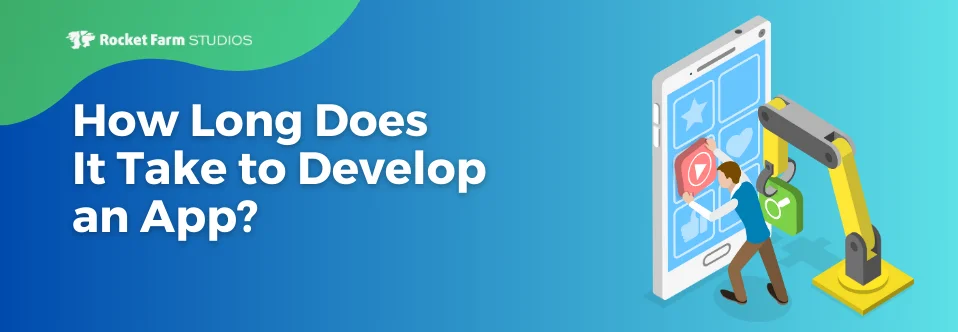
This is a guest article from Jeff Berman, Principal and Creative Director of bermanadvertising.com on truths in innovation marketing.
Advertising clutter is the single biggest problem with marketing,” according to Dr. J. Walker Smith, the head of research firm Yankelovich.
That’s already bad news for app marketers. What if you have something truly new, a better answer to an existing problem? It’s worse, because you’re asking people not only to choose your thing instead of the other guy’s, but to change the way they think about their problem. And most people don’t want to. Even if what they’re doing now gives them fits, most people will flat-out reject anything different.

How do you get them to pay attention to your new thing when they’re just focused on trying to make their current not-so-great thing work? The discipline begins with these five truths:
1. The more innovative the solution, the harder it is to build a business around it.
This is just a simple truth: Everyone is already doing something else. And even if your solution will make their lives better, most people would rather stick with what they know than take a chance on your new thing.
2. Quick early sales are great but don’t make a market.
A following, darker truth about marketing anything new, be it an app or another product: It’s relatively easy to get a small number of people interested. There’s always someone who wants to try the new thing, just to see if it works. But they represent less than 5% of your prospects*, and most are just as quickly off the new thing to go try the next one.
Many marketers have been energized by early sales, only to see them fizzle soon after. Building a business around your new thing involves getting people beyond early adopters.
3. How-it-works messages are great in the beginning and death soon after.
Turning a new solution into a business means looking beyond those early adopters to the people who have a problem and a budget. And they don’t care how it works. They only want to know how to solve their problem.
In fact, they’re so focused on their problem they can’t see that a how-it-works message might be relevant to them. Most people simply don’t have the imagination to connect your solution to their problem. Your how-it-works message is literally invisible to them.
4. Creating a market for a new idea means thinking of it as the answer to a question.
And that begins by understanding how the problem looks to your prospects. You need to get a clear idea of the people whose problem you solve. How do they think about the problem? What are they doing about it now? How’s that working out for them? What would they like to do if they could?
You need to walk around the issue to look at it from the point of view of your prospects. Only then can you frame your message in a way that feels relevant to them.
5. You have to make them want it before they know why they want it.
This is the trickiest part: finding a way to put the want up front. Most people think that people first investigate how something works and then decide whether they want it. In fact, people won’t take the time to look into anything until they want it. The dynamic goes, “Oh, I want that. What is it?”
How to make someone want something before they know what it is? You take your understanding of your prospects, combine it with the reason why you created this thing to begin with, and craft a message too compelling to ignore. Of course, that’s not easy to do. That’s why companies like mine still thrive. But when you get it right, it’s your most powerful business-building tool. As Ed McCabe said back in the day, “Great creative is the last unfair business advantage.”
*Ask Jeff how he came to this percentage.













